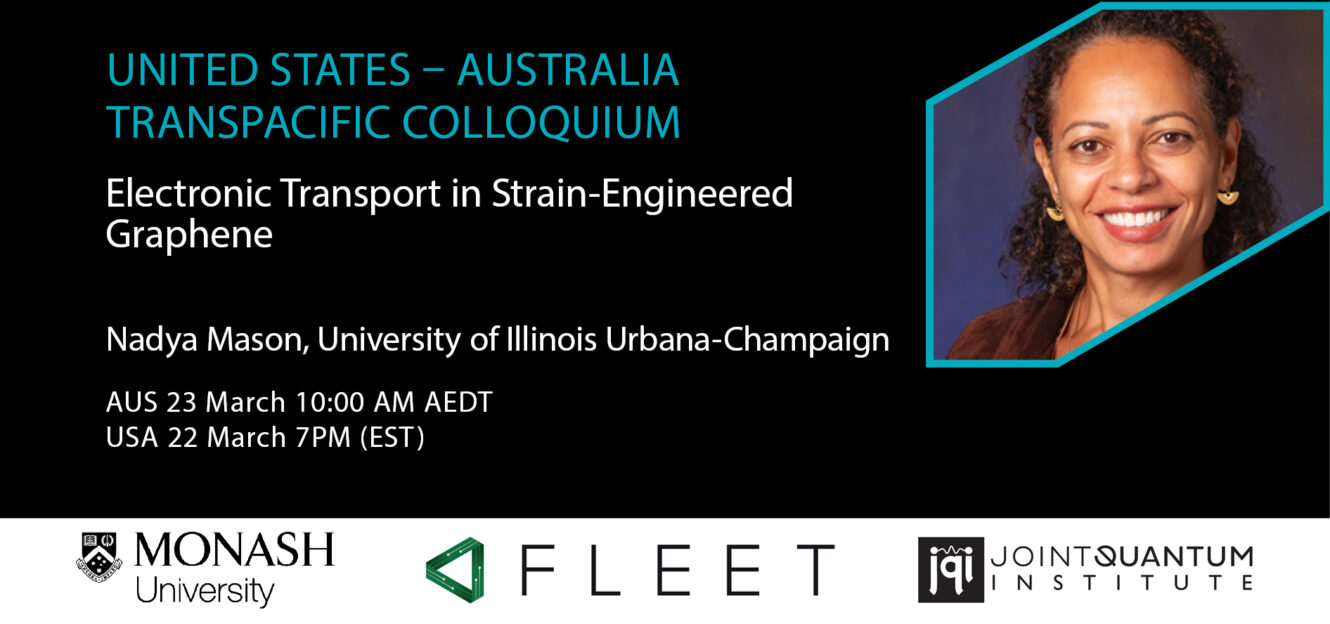-
23 Mar 2022
10:00 am - 11:00 am
Professor Nadya Mason, Rosalyn Sussman Yalow Professor in Physics, University of Illinois Urbana-Champaign
Missed the seminar. Catch up on YouTube
There is wide interest in using strain-engineering to modify the physical properties of 2D materials, for both basic science and applications. Deformations of graphene, for example, can lead to the opening of band gaps, as well as the generation of pseudo-magnetic fields and novel electronic states. We demonstrate how controllable, device-compatible strain patterns in graphene can be engineered by depositing graphene on corrugated substrates. We discuss several techniques for creating corrugated substrates, focusing on periodic spherical curvature patterns in the form of closely packed nanospheres. We show how the smaller nanospheres induce larger tensile strain in graphene, and explain the microscopic mechanism of this. We also present experimental results demonstrating how a nearly periodic array of underlying nanospheres creates a strain superlattice in graphene, which exhibits mini-band conductance dips and pseudomagnetic field effects that depend on the magnitude of induced strain. This control of the strain degree of freedom provides a novel platform both for fundamental studies of 2D electron correlations and for prospective applications in 2D electronic devices.
Work supported by NSF under DMR-1720633 (MRSEC) and ENG-1434147, the ARO under W911NF-19-1-0346, and the UIUC Materials Research Lab.
Professor Mason is also Director, Illinois Materials Research Science and Engineering Center. Her research group at Illinois focuses on how electrons behave in low-dimensional, correlated materials, where enhanced interactions are expected to give novel results. The research is relevant to a variety of technologies, including quantum communication, information storage, and qubit control in quantum computers.
Professor Mason’s current research group focuses on the electronic behavior of materials such as carbon nanotubes, graphene, topological insulators, nanostructured superconductors, and other novel 1D or 2D systems.
This talk is part of an ongoing series of talks by US and Australian researchers presenting novel developments in condensed matter and cold atomic physics, enriching connections between the two physics communities. Co-presented by FLEET, Monash School of Physics and Astronomy, and the Joint Quantum Institute.


